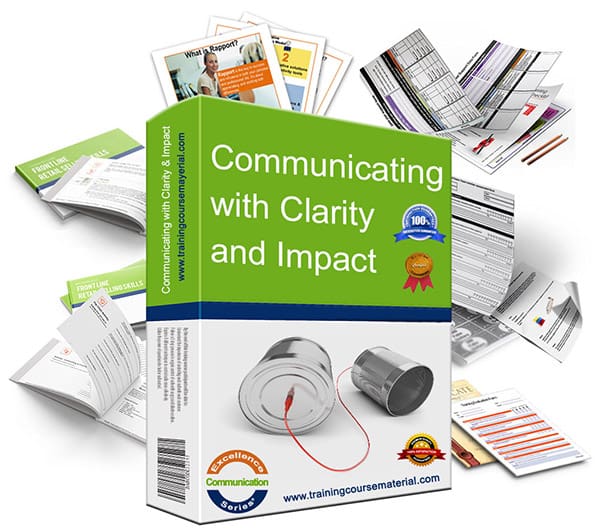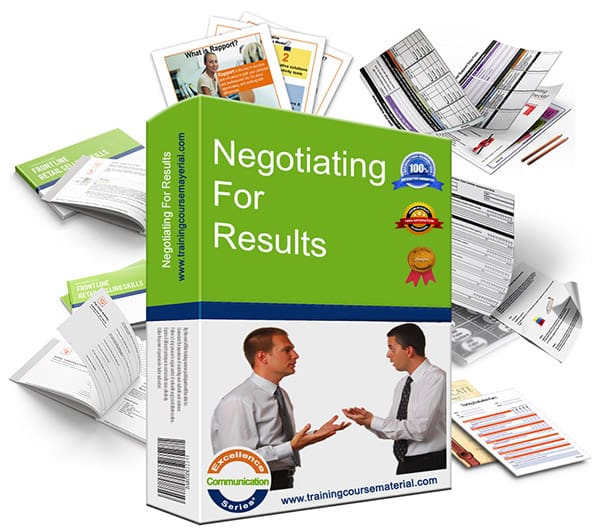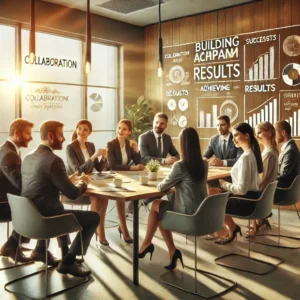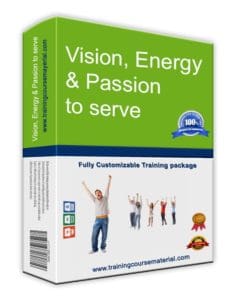Break Down Communication Barriers to Enhance Clarity
What to do?
There are a number of things you can do to overcome the common barriers to effective communication;
1. Think before you speak
2. Check understanding
3. Consider common communication pitfalls to avoid
1. Think before you speak
Before communicating always consider Rudyard Kipling’s, “Six Honest Serving Men”.
“I keep six honest serving men
They taught me all I know
Their names are WHAT and WHY and WHEN
And HOW and WHERE and WHO”.
What:
• What do I need to communicate?
• Do I understand what it is myself?
• How much does the receiver of the message already know?
When:
• When is the best time to communicate?
• Allow enough time to communicate the message and check it has been understood.
Why:
• Do I know why I am communicating?
• If I don’t, then they certainly won’t!
How:
• Is my chosen method of communicating the most effective way?
Where:
• Care is needed to avoid distractions.
Who:
• Am I the best person to give this message?
2. Check Understanding
Many errors occur simply because communicators have assumed people understand what has been said and have therefore failed to check.
More often than not when you ask people if they have understood what you have communicated, they will answer “yes”, just because they do not wish to appear stupid.
Use of open questions will avoid the “yes” or “no” answer and effectively check that the receiver of your message has understood it.
One way of “opening” a question is to Start with one of “Kiplings Six”.
For example: “What did you think of the exhibition you have just visited?”
You just might receive some really important feedback that can improve the customer service we give in future.
3. Pitfalls to Avoid when Communicating Messages
As the Sender – DON’T
• Make assumptions that the person hears what you are sending out.
• Use inappropriate language or jargon.
• Fidget or distract with diverting mannerisms.
• Make it sound like a test when checking understanding, eg, ‘Can you repeat back what I have just told you?’
As the Receiver – DON’T
• Change the subject.
• Jump to conclusions. Check out that what you have heard is accurate.
• Let forming your next question interfere with your listening.
• Latch on to minor details whilst ignoring the main point.
• Switch off too early.
• Send or receive in a win-lose style. Work for outcomes where senders and receivers are equally satisfied.
For more on communication skills, Check our our Communicating With Clarity & Impact Instant Download Training Material Package.




































































